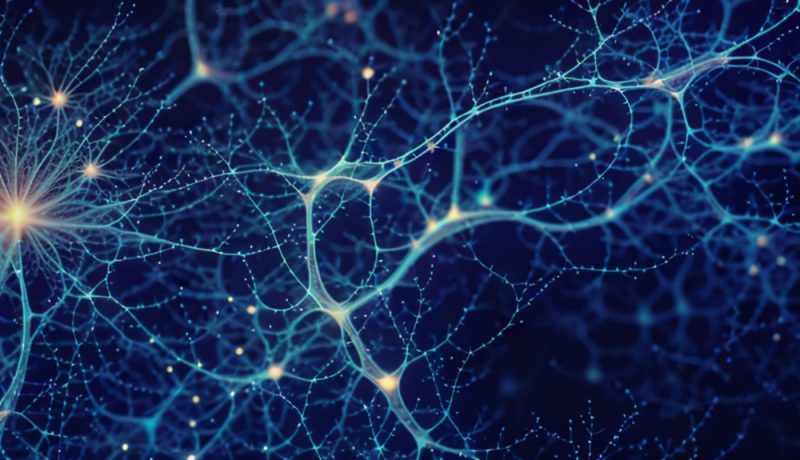Touch-sensing protein plays role in sexual response

At a Glance
- A protein called PIEZO2, which helps the body to sense light touch, appears to be involved in normal genital sensitivity.
- More research is needed to see if manipulating PIEZO2 could help people who experience a lack of sexual sensation or, conversely, oversensitivity and pain.
Though sometimes embarrassing or even taboo to talk about, sexual health plays a vital role in human relationships and intimacy. Up to 20% of men and women will report some type of sexual dysfunction during their lives. But little is known about the physiological drivers of sexual problems.
For more than a decade, a team of NIH researchers has been studying a protein called PIEZO2. This protein is found in certain nerve endings in the skin and elsewhere in the body. When a nerve is subject to pressure, such as from touch, PIEZO2 sets off a chain of events that sends an electrical signal to the spinal cord and on to the brain.
People born with defects in the gene that produces PIEZO2 are unable to feel vibrations, are less sensitive to certain forms of gentle touch, and have trouble orienting themselves with their eyes closed. Because of its importance in discriminating touch, the team wondered if PIEZO2 may also contribute to sexual sensation. They examined this question in mice and in people with a rare inherited syndrome caused by lack of the gene for PIEZO2. Their results were published on August 25, 2023, in Science.
Normal mice react to even the gentlest touch with a thin wire filament in their genital regions. In contrast, mice engineered to lack PIEZO2 from the neck down had a drastically reduced ability to feel gentle touch in their genital regions. But these mice retained the ability to feel unpleasant sensations, such as the prick of a pin.
In further studies, the researchers tracked the neural circuits involved in touch. They showed that different types of neurons that process touch, called mechanosensory neurons, are enriched in specific body areas. In particular, light touch neurons were more dense around the genital area compared to the paws (the mouse’s equivalent of our hands and feet). Closer examination of the genital area revealed that the nerve endings responsible for sensing light touch clustered around hair follicles. In mice lacking PIEZO2, neurons in the genital area lost the ability to respond to light touch.
When male and female mice lacking PIEZO2 were housed together, they didn’t produce offspring. Male mice lacking PIEZO2 showed sexual interest but could not mate successfully when housed with normal female mice. Male mice lacking PIEZO2 also failed to produce an erection in response to normal contact to the area. Female mice lacking PIEZO2 housed with normal male mice rejected their sexual advances.
Five people who were born without PIEZO2—three men and two women—also participated in the studies. One male volunteer underwent testing that confirmed a lack of ability to feel light touch and vibration in his genital region. In interviews, all five participants reported a lack of response to genital light touch. However, they reported still being sexually active and able to become aroused.
“Mechanosensation is directly linked with reproductive health and yet, so little has been known about the underlying mechanisms,” says Dr. Alexander Chesler, who helped lead the study. “These findings have direct clinical implications because they pinpoint a specific molecular target and, more broadly, provide an entry point to undercover the neural circuits involved in sexual sensation.”
More work is needed to understand whether boosting PIEZO2 activity could help people with a lack of sexual sensation, or whether blocking the protein might reduce genital hypersensitivity and pain.
—by Sharon Reynolds
References: PIEZO2 and perineal mechanosensation are essential for sexual function. Lam RM, von Buchholtz LJ, Falgairolle M, Osborne J, Frangos E, Servin-Vences MR, Nagel M, Nguyen MQ, Jayabalan M, Saade D, Patapoutian A, Bönnemann CG, Ryba NJP, Chesler AT. Science. 2023 Aug 25;381(6660):906-910. doi: 10.1126/science.adg0144. Epub 2023 Aug 24. PMID: 37616369.
Funding: NIH’s National Center for Complementary and Integrative Health (NCCIH), National Institute of Dental and Craniofacial Research (NIDCR), and National Institute of Neurological Disorders and Stroke (NINDS); Howard Hughes Medical Institute.








